we watched the you tubes video. a tour of the cells bozeman.
B. cytoplasm,
1.ribosomes, where the proteins are made in a cell. not where the information is found, the RNA that run through it and it make the proteins
2.vesicle, it is the storage unit in the cell, it can have water, fat, or other thing in it. also anything needed to be transported out of the cell.
3. rough ER. endoplasmic reticulum. it has ribosomes on it, where most ribosomes are found, also where most proteins are made in also make vesicles. make membranes in cells.
4. Golgi, is an extension of the ER, it is a shipping part of the cell, it tells where to move the thing around the cell or out of the cell.
5. Cytoskeleton, they are the structure of the cell. three different function, structure, movement, and to provide a rail system inside the cell. it is composed of two different type of structure, micro tuberculin, micro filaments.
6. smooth ER, make carbohydrates and lipids, it is your detox unit of your cells. if you drink, or a alcoholic you will have more of this.
7. mitochondria, it generates energy in the form of ATP. it has a double membranes that pumps the protons, and kind of dams it up, and uses the protons to get the power like a hydroelectric plant. they have there own DNA
8. vacuole, found mostly in plant cells. only in plant cells are they really big, and stores water and help keep shape.
9. Cytosol, kind of the same thing as cytoplasm. it is the fluid in a cell.
10. Lysosome, it is a digestion place, it open thing from incoming things, it also breaks down cellular wast. it also destroys the cell.
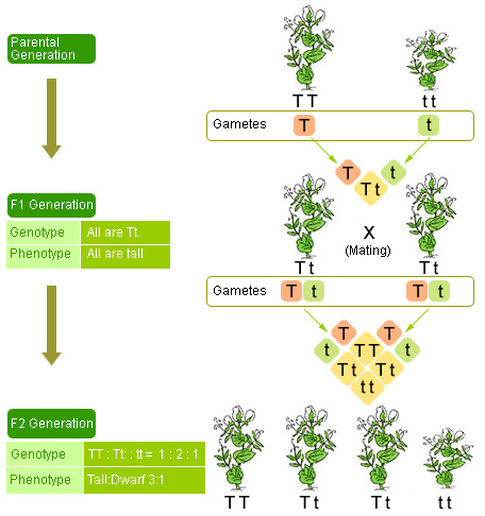
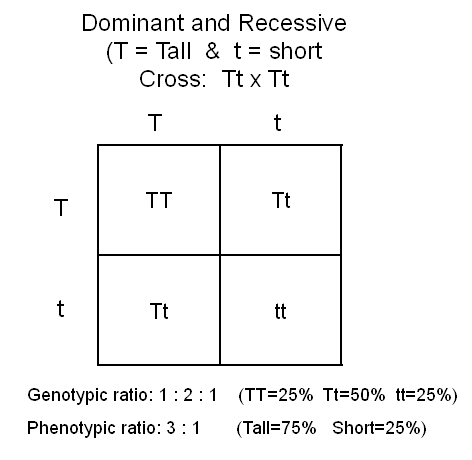
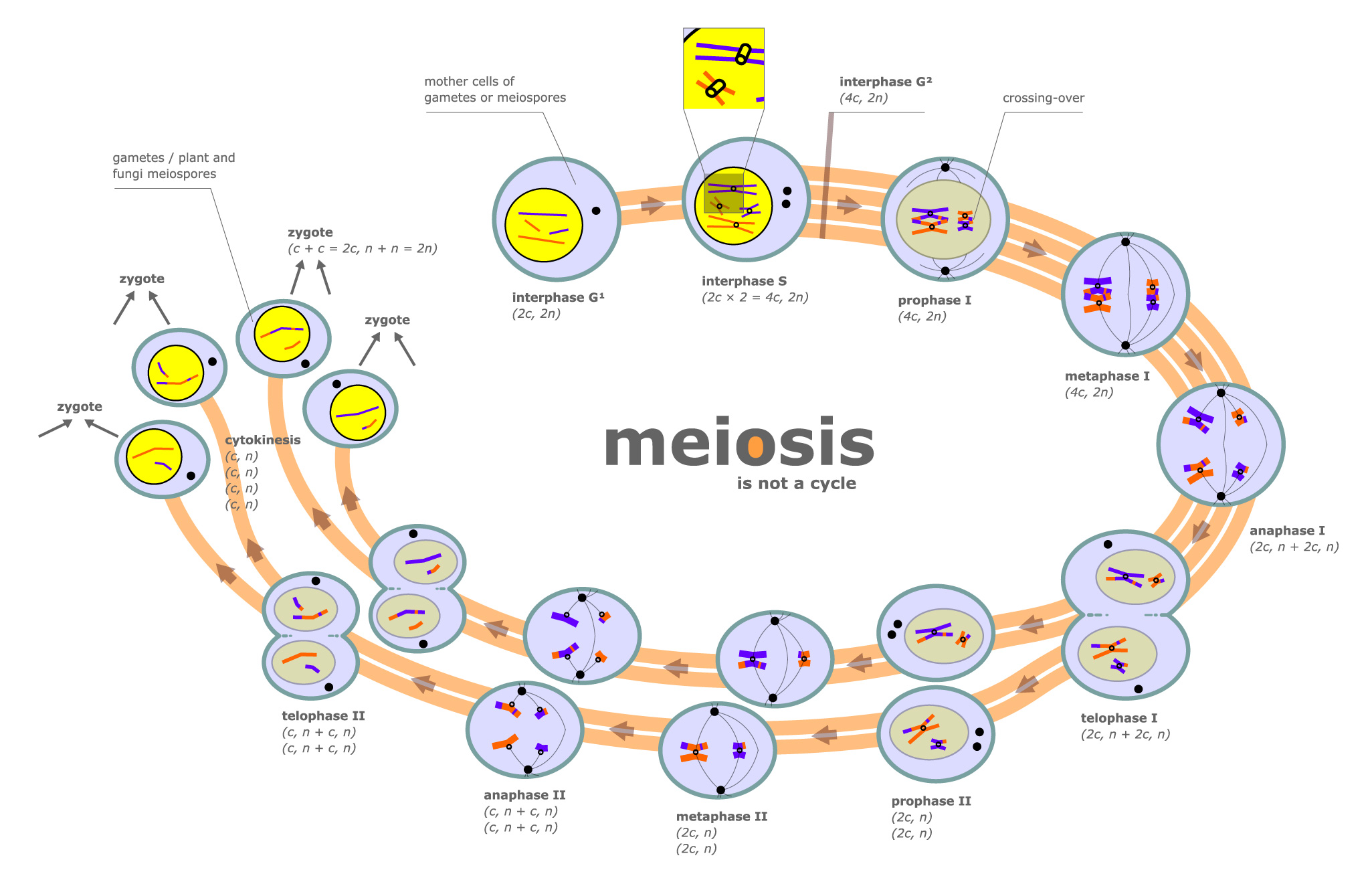
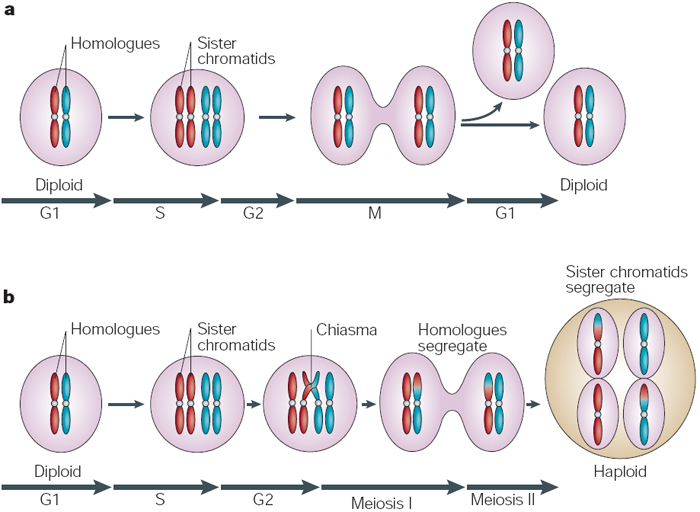



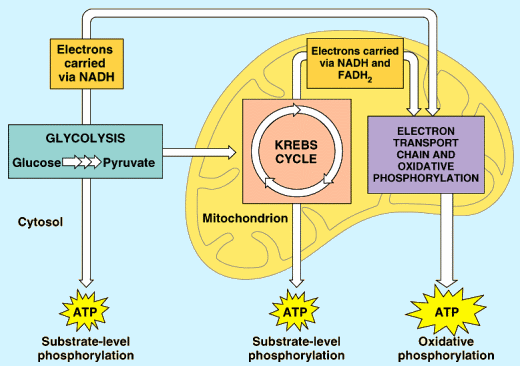
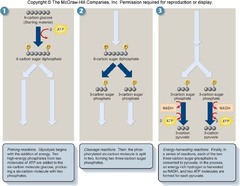









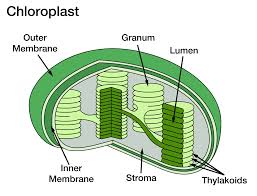







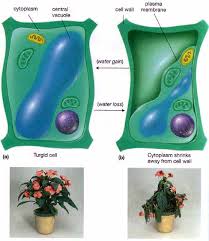

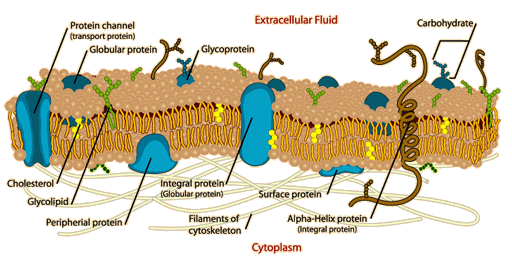







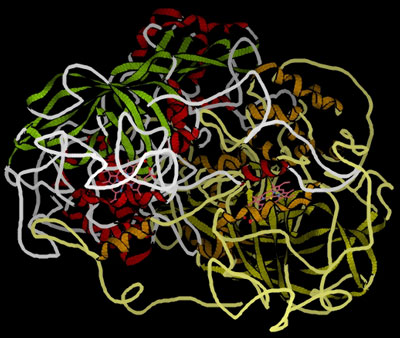






 The water breaks the bonds in Sucrose
The water breaks the bonds in Sucrose